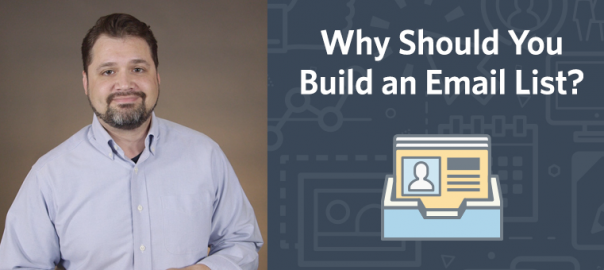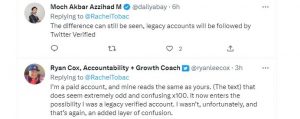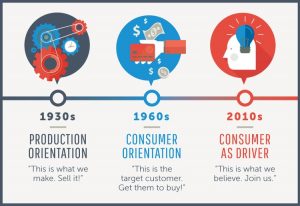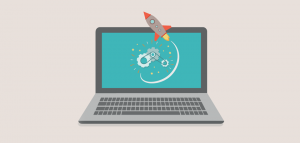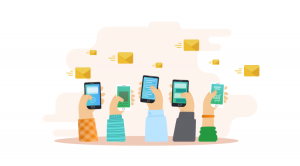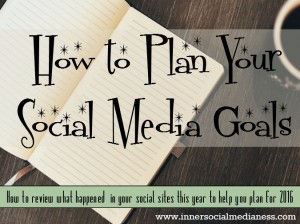
One of the questions we get all the time is, “Why should I even bother trying to build my email list?”
The answer to that question is actually the same reason why you should bother doing email marketing in the first place.
Consider these statistics:
- 91 percent of U.S. adults like to receive promotional emails from the companies they do business with. (MarketingSherpa, 2015)
- 66 percent of consumers have made a purchase based on an email marketing message they’ve received (Direct Marketing Association, 2013)
- Email is almost 40 times more effective than Facebook and Twitter combined in helping your business attract new customer (McKinsey, 2014)
Take a moment to think about that.
People like to receive email messages. People have made a purchase from receiving those messages. And it’s more effective than Facebook and Twitter combined.
It’s a no brainer, isn’t it?
This month, we are kicking off a new video series on building an effective email list. In today’s video, Dave Charest, Senior Manager, Content and Social Media Marketing at Constant Contact, takes a closer look at why you should always try to grow your email list and offers helpful tips to help you do it.
(Can’t see the video? View it here!)
Why is having an email list important to your business?
If those weren’t reasons enough, here’s another reason for you: you actually own your email list.
Social media channels are changing their algorithms, and making tweaks every day that impact the reach that you have with your customers.
So, whenever you do use those channels, you should be using them to eventually move people onto your email list because you have complete control over that. If all of those social sites disappear tomorrow, you still have your email list. You’re still able to contact those people on your terms, not somebody else’s.
Where should you be collecting email addresses?
Think about all the places you could be collecting email addresses.
Think about every point of contact you have with prospects and customers — on your website, on your social channels, at your store, on the phone, at events.
Use all of those points of contact with your potential and current customers to get them on your email list so you have control over when you communicate with them and get them to do business with you.
(206)
Report Post